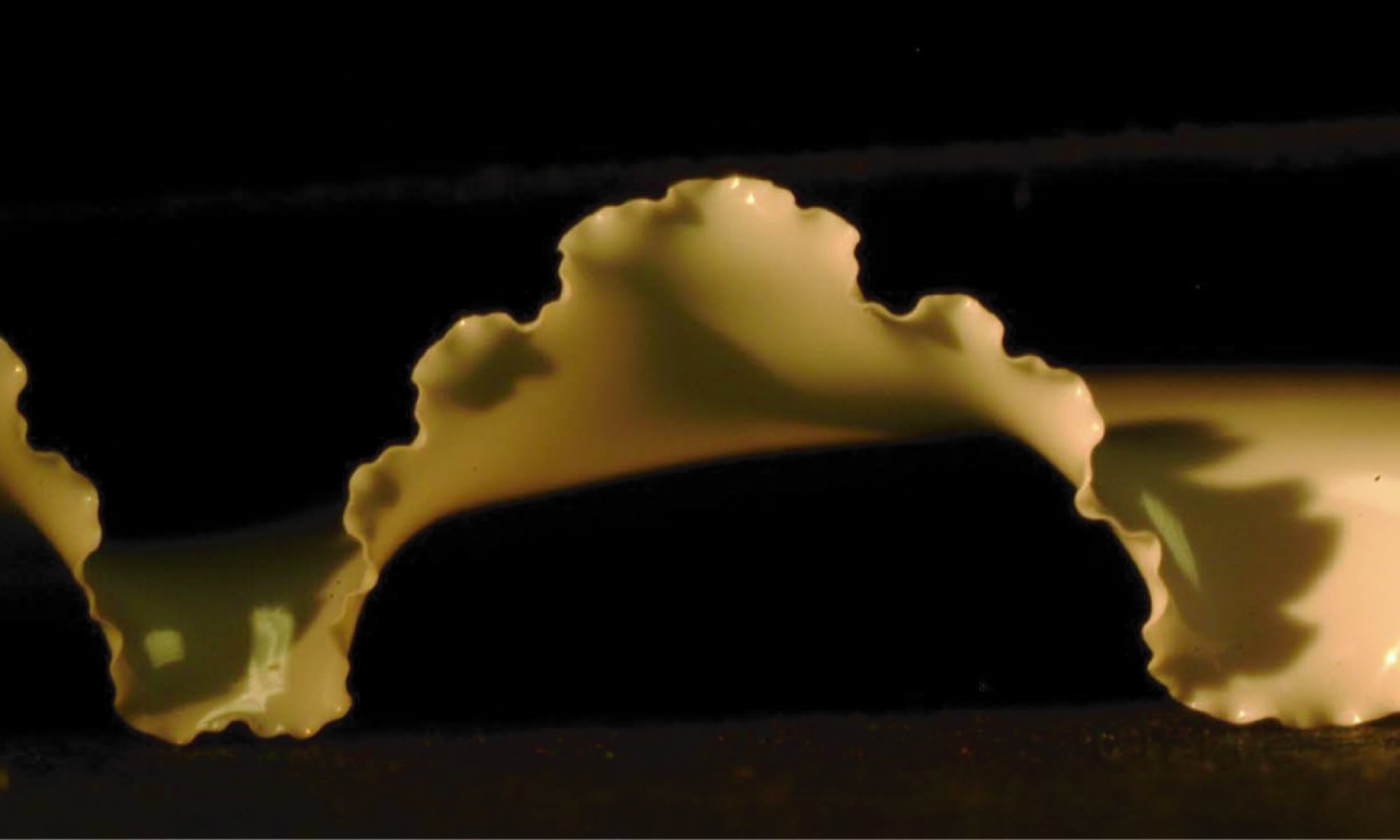This study investigates the tearing of a thin notched sheet when two points on the sheet are pulled apart. The concepts that determine the crack trajectory are reviewed in the general anisotropic case, in which the energy of the fracture depends on the fracture direction. When observed as a flat sheet a purely geometric “tearing vector” is defined through the location of the crack tip and the pulling points. Both Griffiths’s criterion and the maximum energy release rate criterion (MERR) predict a fracture path that is parallel to the tearing vector in the isotropic case. However, for the anisotropic case, the application of the MERR leads to a crack path that deviates from the tearing vector, following a propagation direction that tends to minimize the fracture energy. In the case of strong anisotropy, it is more difficult to obtain an analytical prediction of the tearing trajectory. Thus, simple geometrical arguments are provided to give a derivation of a differential equation accounting for crack trajectory, according to the natural coordinates of the pulling, and in the case that the anisotropy is sufficiently weak. The solution derived from this analysis is in good agreement with previous experimental observations.
https://journals.aps.org/pre/abstract/10.1103/PhysRevE.100.023002
